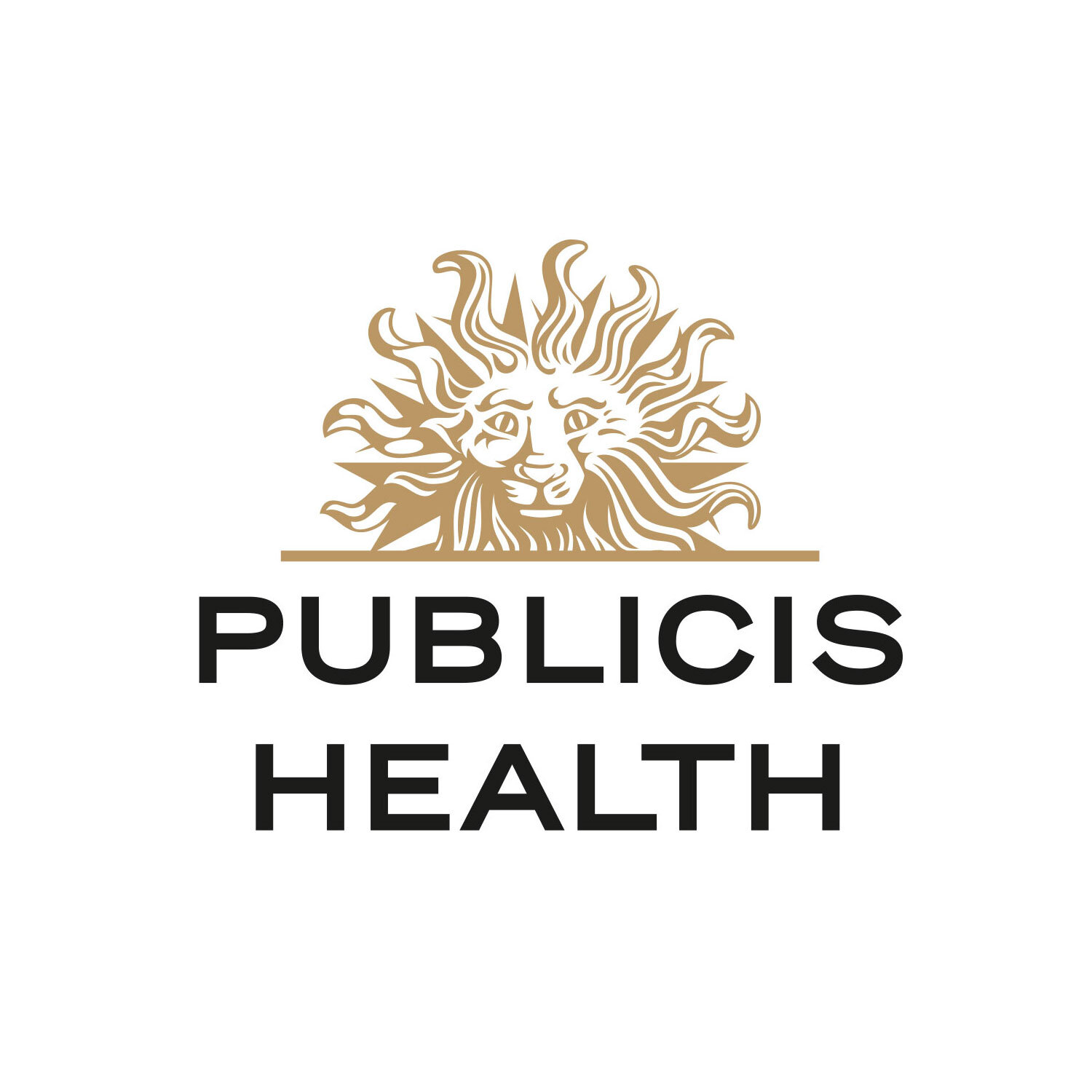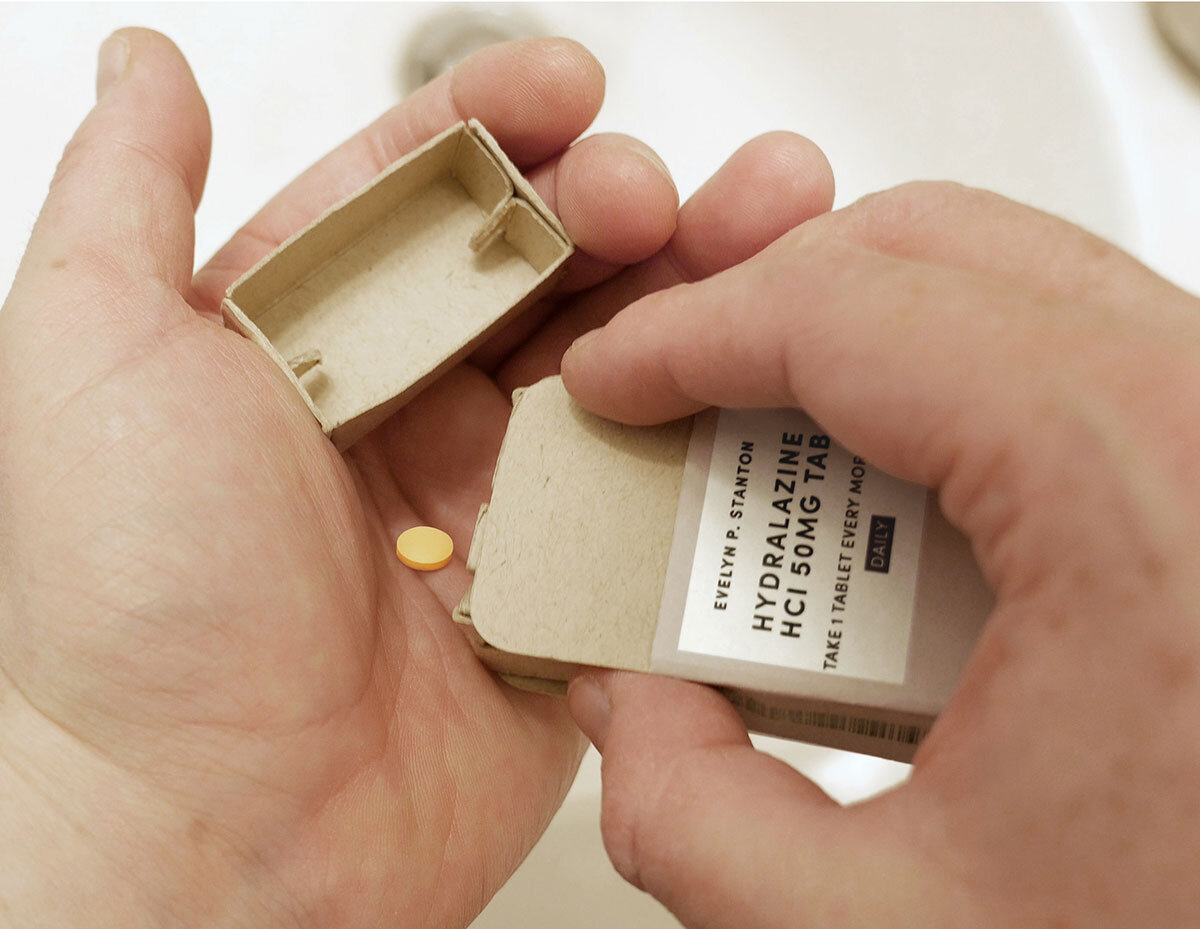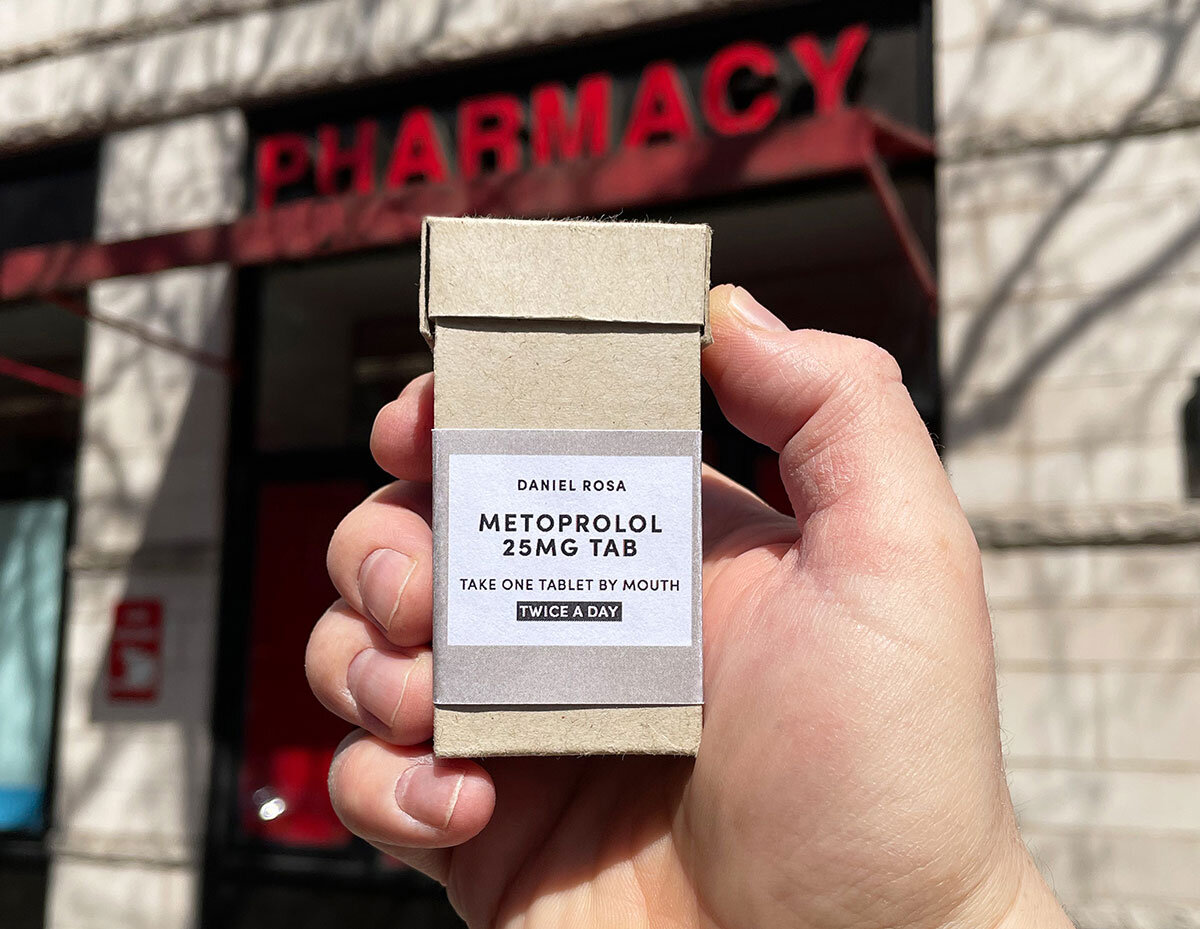INNOVATION BY DESIGN: THE PRESCRIPTION PAPER PILL BOTTLE, SAATCHI & SAATCHI WELLNESS
By Gabriella Basile, Senior Global Growth Manager, Publicis Health
Every year, billions of plastic pill bottles needlessly end up in landfills and oceans. Because these small plastic bottles often can’t be recycled, they become toxic waste that devastates our natural ecosystem. In the United States alone, the use of plastic pill bottles results in 703,125 tons of non-recyclable garbage annually.
The creative team at Saatchi & Saatchi Wellness (SSW) believed there was a better, more environmentally responsible way to address the problem of using plastic bottles for prescription pills. Over 12 months of research, development, testing, and design, the Prescription Paper Pill Bottle (PPPB) was born.
The PPPB features no plastic, no artificial glue or coatings, and no toxic dyes. It meets the FDA’s requirements for water, light, and child resistance, and once emptied, the PPPB can be composted to enrich soil—giving back to the earth. When patients pick up their prescriptions, pharmacists can provide a sustainable container to hold medications that can be reused and won’t harm the environment once it’s discarded.
Working in collaboration with Tikkun Olam Makers (TOM), a global movement of makers and innovators based in Israel, the team at Saatchi & Saatchi Wellness aims to initially distribute the Prescription Paper Pill Bottle to smaller, local pharmacies for trial, then expand access and distribution to larger pharmacy chains over time. The goal is to encourage greater interest in sustainable, eco-friendly packaging and create demand for a greener approach to medicine.
With its ingenious design and open-source availability, the Prescription Paper Pill Bottle has garnered plenty of attention for innovation, creativity, and sustainability. Among its growing list of accolades and media coverage, most recently, the PPPB won Gold Andy Awards in three categories: Reset, Idea and Craft.
View the complete list of 2021 Andy Awards winners.
I recently caught up with Scott Carlton, Creative Director, and Jeremy Scharlack, Senior Designer—the Saatchi & Saatchi Wellness creative team behind the PPPB—and asked them three quick questions about what inspired the idea behind their innovative product design.
This interview has been lightly edited for clarity and length.
Tell us about the inspiration behind the creation of The Prescription Paper Pill Bottle …
Scott Carlton: I woke up one morning and went into my closet and there’s a shelf where I keep my prescriptions along with all the empty pill bottles. I accidentally hit one of the bottles and knocked over five other empty bottles with it. I didn’t want to throw them out and I thought to myself, “What am I going to do with these things?” Later, as I drank my coffee and sat down with my computer, I read a headline (maybe on Fast Company) that said Carlsberg Beer came out with a paper beer bottle that was only partially sustainable. It was then that I connected the two dots between a paper bottle for beer and the plastic pill bottles falling. I didn’t know if paper pill bottles existed so I searched online but couldn’t find anything.
Jeremy Scharlack: Current plastic prescription pill bottles really aren’t great. Most plastic prescription pill bottles can’t be recycled. We thought the challenge of designing a prescription pill bottle that was sustainable and eco-friendly, while also meeting FDA requirements, like being water resistant and childproof, was an interesting challenge to solve.
SC: I threw out the idea of a prescription paper pill bottle idea to Kathy Delaney, CCO of Publicis Health and Saatchi & Saatchi Wellness, along with other creative directors and 90 percent of the people I asked thought it was a cool idea. I knew the idea was resonating because as we were working on other ideas, [the PPPB] kept popping back up. Kathy then connected me to Oded Lavie at Publicis Groupe Israel, and Oded was eager to get involved. He connected us to a client partner (TOM) that has an open-source platform for creating innovative products to share with the public, and from there we started our prototyping.
Why do you think that the Prescription Paper Pill Bottle has gotten so much buzz in the industry and garnered so much attention even beyond pharma?
JS: It's a really simple idea, but it’s also incredibly powerful. Once someone sees the product design, it clicks right away. But the details of the execution aren’t as obvious. It was easy to say, “We should make a better pill bottle,” but then how do you actually execute it? We worked through numerous design concepts and different approaches, but the result was ultimately simple and scalable.
SC: I think people responded positively to the idea of creating a better pill bottle because everyone who has ever taken a prescription drug can relate to an avalanche of empty amber bottles and not knowing what to do about them. Do you throw them away? Recycle them? Many people at some point have wondered, “Is there a sustainable alternative? Maybe something biodegradable, like a paper bottle?” And then a light bulb goes off. I think we are filling an unmet need, and when people see the Prescription Paper Pill Bottle, they say, “That’s a great idea. I can’t believe it hasn’t been done before.”
What’s next for The Prescription Paper Pill Bottle? How will it evolve?
JS: We’re just starting to talk with pharmacies and sharing the idea and prototype. Obviously, retail pharmacies are going to have some feedback in terms of what they’re going to need, so we want to make sure we're still listening to them. Currently, each paper pill bottle is handcrafted, but we designed it in a way that can be produced at scale, and as demand increases, that’s what we plan on doing.
SC: Right now, we’re putting the bottles in the hands of pharmacists, mostly through individual pharmacies and also independent pharmacies that aren’t constrained by corporate rules. We're doing surveys and getting feedback to help optimize the design and from there we're hoping to build more awareness and recognition. It's nice to win awards, but getting the attention of big chain pharmacy retailers would be a big prize.
JS: It’s been an amazing and fulfilling project that can really make a difference. It was important the product was compostable and truly biodegradable, not simply recyclable. Uncontrolled waste is a global problem, so it’s humbling and gratifying to be part of a solution.
SC: Maybe [the PPPB] will make a thought bubble go off for an account director who's may be working with a pharmacist or has a client partner that has talked about this. Then they can use the product and design for a good cause.
For more information, reach out to Scott Carlton, Jeremy Scharlack, or contact the SSW team.
About Saatchi & Saatchi Wellness
Our goal is to design end-to-end customer experiences that motivate, engage, and support people across their wellness journeys in a way that transforms not only brand and business outcomes, but also the health and wellness outcomes of our end users. We do this by harnessing our unique Wellness Effect™ Process. Our award-winning work spans health and wellness categories from moisturizers to mental health and from oral care to cancer. All in the service of improving the wellness of our end users and the health of our client's goals. For more information, visit us at www.saatchiwellness.com, and follow along on LinkedIn, Twitter, Instagram, and Facebook.




